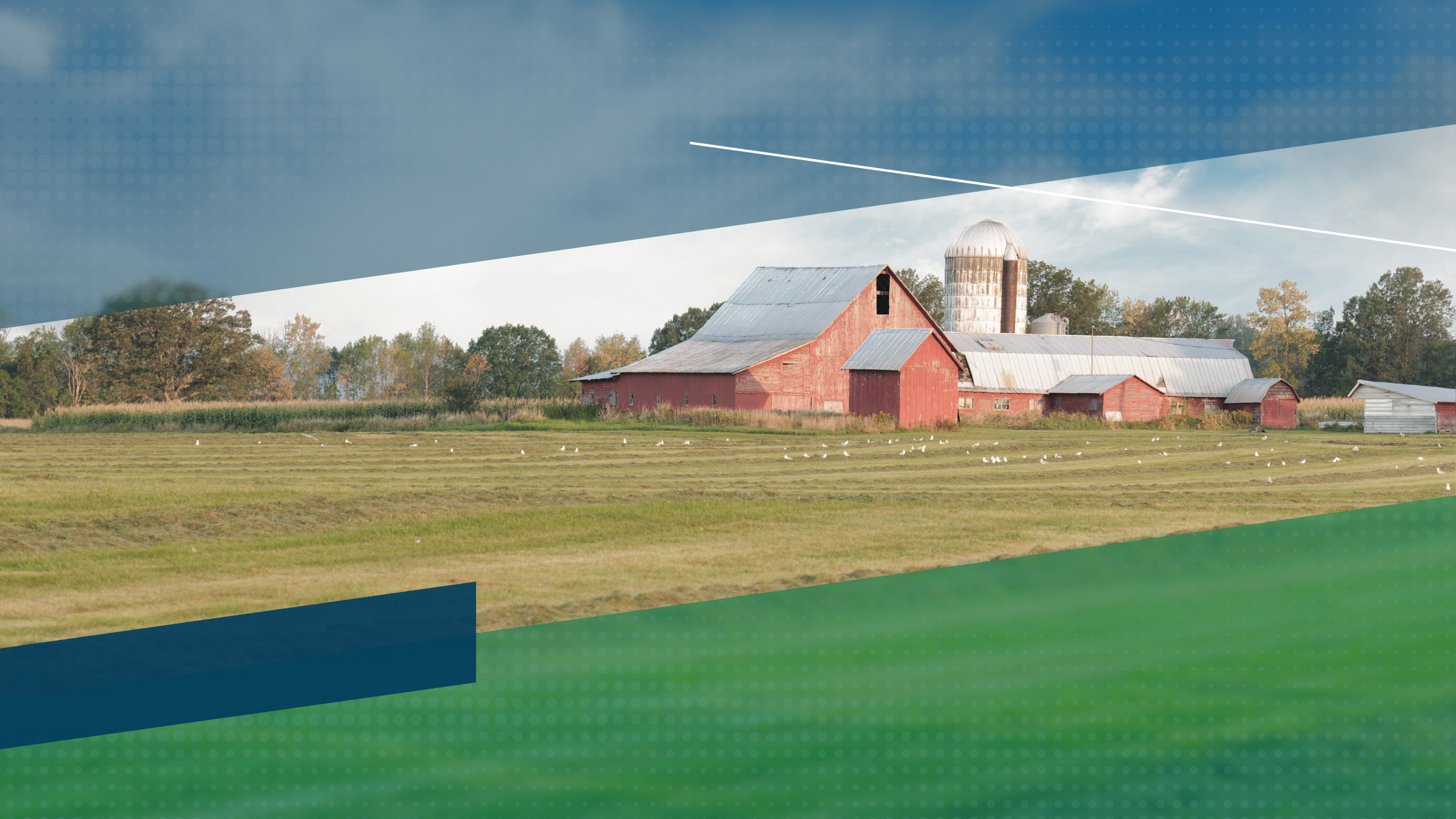Despite a good growing season, lenders are somewhat pessimistic about agricultural finances in the district, according to the Minneapolis Fed’s second-quarter (July) agricultural credit conditions survey. Most respondents indicated lower or no change in farm income, household spending and capital investment in the second quarter. Many farmers and ranchers delayed loan payments and extended loans, while no lenders lowered the amount of collateral requirements. Land prices and cash rents are up slightly from a year ago for farmland but down for ranchland. The outlook for the third quarter is stable to lower, as most respondents expect financial conditions for agriculture either to remain constant or to deteriorate.
Farm income, household spending and capital investment
The decline in farm income that started during the fourth quarter of 2008 continued. Forty-one percent of all survey respondents indicated that their farm customers’ income was down, while only 11 percent reported increased income. Meanwhile, farmers appear to have coped with financial pressures by continuing to cut back on household spending and capital investment: only 11 percent of respondents reported higher household spending, and 14 percent reported higher capital investment compared with the same period last year.
Loan repayments and renewals
The rate of loan repayment also did not improve much from the first quarter. Less than 9 percent of respondents reported higher levels of repayment, while 18 percent reported lower levels. “Some of our farmers and ranchers were not able to pay back” reported a lender in North Dakota, attributing the failure to high costs and low selling prices of wheat. (This survey was completed before the recent run-up in world wheat prices.) Less than 2 percent of lenders surveyed noted decreases in loan renewals or extensions, and 11 percent reported increases.
Demand for loans, required collateral and interest rates
The demand for loans remained relatively constant, with a quarter of respondents reporting increased demand and 20 percent reporting decreases. Lenders remained cautious: No lowering of collateral requirements was reported, although slightly fewer lenders (14 percent) increased the requirements compared with the first quarter. Nonetheless, for the third quarter in a row, no lenders reported refusing a loan because of fund shortages. Interest rates did not change much from the first quarter.
Cash rents and land values
Cash rents and farmland values continued to be strong. Average cash rents for irrigated and nonirrigated farmland were up from a year ago about 6 percent and 10 percent, respectively. However, average cash rents for ranchland decreased by about 3 percent. Meanwhile, average values for irrigated and nonirrigated farmland increased by 6 percent and 8 percent, respectively, from a year ago. “Bankers are starting to get concerned over how much longer these rents and prices can stay this high,” a Minnesota lender said. Ranchland prices dropped 2 percent from a year ago. For more detailed information on agricultural prices, see the Minnesota Land Economics Web site.
Outlook
The survey does not paint a rosy picture of financial conditions for the third quarter. Only about 11 percent of lenders expect farm income to be higher in the third quarter, while 33 percent expect lower farm income. Less than 9 percent of lenders expect capital spending and household spending to increase. The majority of lenders anticipate that loan demand as well as loan renewals and extensions will remain constant or increase. Credit conditions are expected to stay tight, as no lenders expect to lower collateral requirements.
Appendices:






